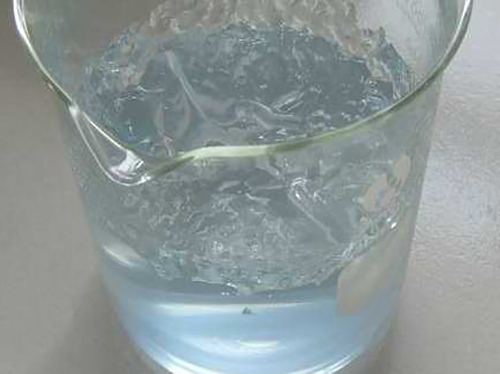The Role of Coagulants and Flocculants in Effective Water Treatment Processes
Coagulants and Flocculants in Water Treatment Essential Agents for Clean Water
Water treatment is a crucial process that ensures safe drinking water and proper sanitation. Among the various methods employed in purifying water, the use of coagulants and flocculants plays a pivotal role. These substances are instrumental in removing impurities, sediments, and harmful microorganisms from water, thus ensuring its quality and safety for human consumption and environmental use.
Coagulants are chemical substances that help in the aggregation of particles present in water. They work by neutralizing the electric charges on suspended particles, which prevents them from repelling each other. Commonly used coagulants include alum (aluminum sulfate), ferric chloride, and polyaluminum chloride. Upon addition to the water, coagulants promote the formation of larger particle clusters, known as flocs, by encouraging smaller particles to stick together. This process is essential for effective water treatment, as finer particles, including silt, clay, and microorganisms, are often difficult to remove without prior aggregation.
The flocculation process follows coagulation and serves to enhance the effectiveness of the treatment. Flocculants, usually polymers, are added to aid in the agglomeration of the flocs into larger masses that can be easily removed from the water. This can occur either in rapid mixing to create initial floc structures or in a slower mixing phase, allowing the flocs to grow larger before sedimentation or filtration. Common flocculants include anionic and cationic polyacrylamides, which vary in their charge and molecular weight, allowing for versatility in different water treatment scenarios.
coagulants and flocculants in water treatment

The combination of coagulants and flocculants significantly improves the efficiency of sedimentation processes in water treatment facilities. After floc formation, the aggregated particles can settle at the bottom of the treatment tank through gravity or can be removed through filtration systems. This helps in clarifying the water, making it less turbid and more aesthetically pleasing. Moreover, the removal of these suspended solids is vital because they may harbor pathogens, which could pose health risks to consumers.
One of the significant benefits of using coagulants and flocculants is their ability to enable the treatment of water sources that are otherwise difficult to process. In many regions, water bodies can be contaminated with high levels of suspended solids, organic matter, and microorganisms, making traditional treatment methods insufficient. The effective use of coagulants and flocculants allows for the treatment of such challenging waters, ensuring wider access to clean and safe water, especially in developing countries.
However, the selection and dosage of coagulants and flocculants are crucial for optimal performance. Each water source has different characteristics, such as pH, temperature, and concentration of impurities, which must be considered when choosing the appropriate agents. Overdosing can lead to residual chemicals in the treated water, while underdosing may result in inadequate removal of impurities. Therefore, proper monitoring and laboratory testing are essential to achieve the best results in water purification.
In conclusion, coagulants and flocculants are indispensable components of modern water treatment processes. They enhance the removal of impurities, contribute to the clarification of water, and ensure the safety of drinking water. As global water challenges continue to grow, particularly due to climate change and increasing population, the importance of effective water treatment solutions, including the use of coagulants and flocculants, cannot be overstated. By investing in technologies that optimize these chemical agents, we can ensure that clean and safe water remains accessible to all.
-
Understanding Polycarboxylic Acids: Properties, Applications, and Future PotentialNewsJul.28,2025
-
Scale Inhibitor Explained: How to Protect Your System from Limescale and Hard Water DamageNewsJul.28,2025
-
Scale and Corrosion Inhibitors: Essential Chemicals for Industrial Water System ProtectionNewsJul.28,2025
-
Polyaspartic Acid: A Biodegradable Polymer for Sustainable ChemistryNewsJul.28,2025
-
Isothiazolinones: A Versatile Antimicrobial Class with Industrial Power and Regulatory ChallengesNewsJul.28,2025
-
A Deep Dive into 2-Phosphonobutane-1,2,4-Tricarboxylic Acid (PBTC)NewsJul.28,2025





